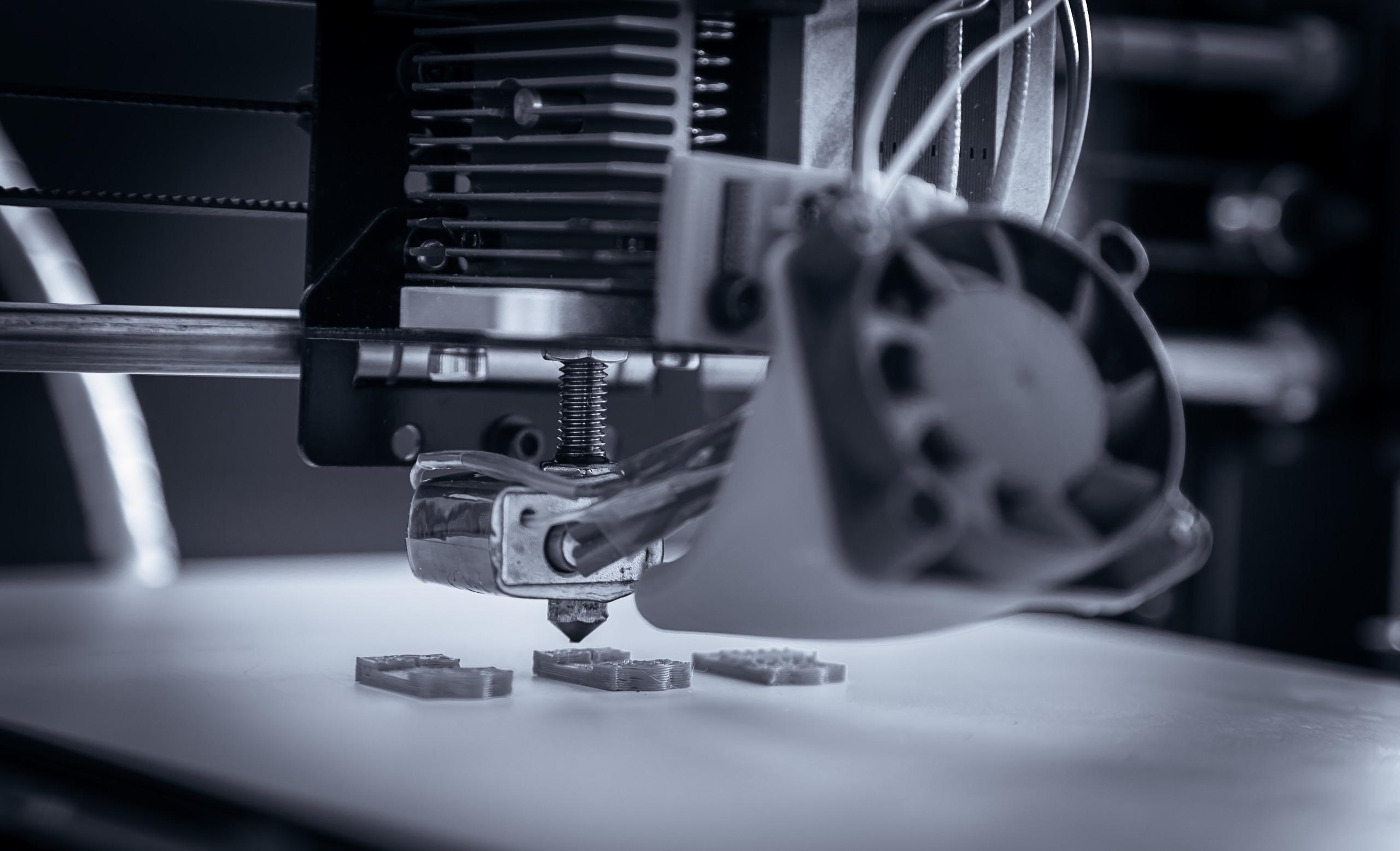







 | Revolutionizing Automotive Design: The Role of 3D Printing3D printing has emerged as a transformative force in automotive design and prototyping, offering a level of flexibility, speed, and cost-efficiency that is redefining the industry. The ability to create intricate and customized parts is revolutionizing how automotive products are developed and brought to market. Streamlining Automotive Parts: The Lightweight Approach with 3D PrintingOne of the most significant advantages of 3D printing for automotive applications is the ability to lightweight car parts. By leveraging advanced materials and innovative design techniques, 3D printing is making it possible to produce parts that are both lighter and stronger, which is crucial for enhancing fuel efficiency and reducing emissions. Embracing Generative Design: Crafting Lightweight Parts via 3D PrintingGenerative design, when combined with 3D printing, opens up a new world of possibilities for automotive engineers. This approach allows for the creation of optimized structures that were previously unattainable through traditional manufacturing methods. By using algorithms to generate designs based on specific performance criteria, the result is lightweight and high-performance automotive parts. From Concept to Reality: How 3D Printing Breathes Life into Concept CarsThe transition from concept to reality for automotive designs has been greatly accelerated by 3D printing. This technology allows designers to quickly iterate on their ideas, producing concept cars that are not just visually stunning but also functional and ready for testing. Accelerating Development: A Comprehensive Guide to Rapid PrototypingRapid prototyping with 3D printing is an essential step in the product development lifecycle for automotive manufacturers. This guide outlines the process, highlighting how rapid prototyping with a 3D printer can significantly reduce the time and cost associated with bringing new automotive products to market. |
 |  |
The Integration of 3D Printing in Automotive Production3D printing has moved beyond the realm of prototyping and is now an integral part of automotive manufacturing, particularly in the production of end-use parts and manufacturing aids. Advanced Manufacturing: The Rise of 3D Printed Molds and DiesThe use of 3D printed molds and dies is transforming the manufacturing landscape for car parts. This method not only reduces costs and production time but also enables the creation of complex geometries that are difficult to achieve with conventional techniques. Mastering Rapid Tooling: A Blueprint for Utilizing 3D PrintingRapid tooling with 3D printing has become a game-changer in the automotive industry. This section provides a blueprint for incorporating 3D printing into the tooling process, detailing the benefits and best practices for this innovative approach. Enhancing Production Efficiency: The Role of 3D Printed Manufacturing Aids3D printing is not just about the final product; it also plays a vital role in creating manufacturing aids. Designing jigs and fixtures with 3D printing can lead to improved efficiency and precision on the production line. Crafting Custom Jigs & Fixtures: The Versatility of 3D PrintingThe versatility of 3D printing allows for the creation of custom jigs and fixtures that are tailored to the specific needs of the manufacturing process. This section explores how 3D printing can streamline assembly and reduce errors in production. Aftermarket Solutions: The Debate on SLS 3D Printing for End-Use PartsThe decision to produce aftermarket parts using Selective Laser Sintering (SLS) 3D printing in-house or to outsource can be a complex one. This section weighs the pros and cons of each approach, helping businesses determine the most strategic path forward. In-House vs. Outsourced Production: Deciding the Future of 3D PrintingUnderstanding when to bring SLS 3D printing in-house is critical for businesses looking to capitalize on the technology. This analysis provides insights into the factors that should be considered when making this strategic decision. |
|
3D printing carbon fiber car parts has become a game-changer in the high-performance automotive industry, offering lightweight and durable solutions for race cars and motorcycles.
Iterative designs made possible by 3D printer automotive parts have led to significant improvements in engine performance. This section highlights how 3D printing enables engineers to optimize engine components for better power and efficiency.
Forge Motorsport showcases the use of 3D scanning and 3D printing in the automotive industry. By combining these technologies, they have been able to create custom parts that enhance performance and reduce weight.
The manufacturing of carbon fiber parts using 3D printed molds has opened up new possibilities for formula cars. This technique allows for the creation of complex and lightweight components that are critical for success in racing.
3D scanning and 3D printing are invaluable for reverse engineering and creating spare engine parts. This section explores the various applications of these technologies in the automotive industry, ensuring that vehicles remain operational even with limited availability of spare parts.
3D SHAPING, a leading provider in the 3D printing industry, offers a wide range of cutting-edge solutions for automotive manufacturing. With a focus on innovation and quality, 3D SHAPING has become a trusted partner for businesses looking to leverage the benefits of 3D printing technology. Visit our products page to explore comprehensive selection of 3D printers, materials, and services designed to meet the specific needs of the automotive sector. From high-performance materials to advanced printing techniques, 3D SHAPING is committed to driving the automotive industry forward with efficient and cost-effective 3D printing solutions.

